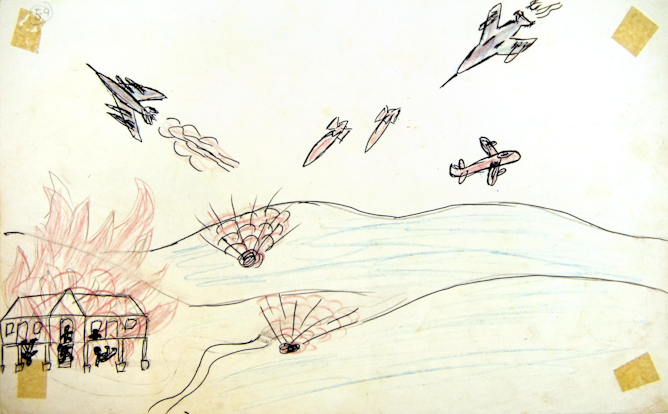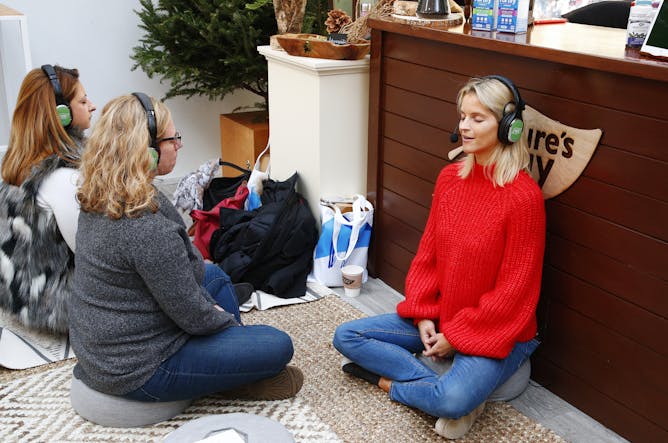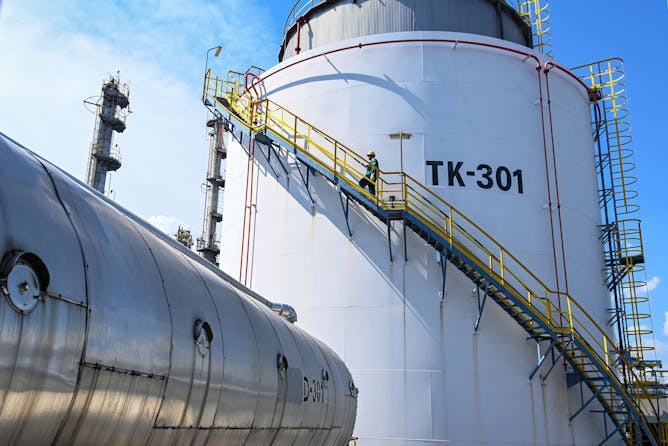|
Taking readers on a tour of children’s art made made in places ranging from Nazi concentration camps to a besieged Ukraine, University of Dayton human rights fellow Paul Morrow details how the kids who put crayon to paper during wars often express a mix of horror, fear, hope and beauty.
It’s tempting to view these pieces as the product of some universal impulse to create and record. And they’re often leveraged to raise funds, pursue political goals, or arouse international sympathy. But to Morrow, their true value lies in their ability to transport viewers into a different world.
This week we also liked articles about why mourning the 1 million U.S. deaths from COVID-19 is so complicated, the advent of abortion rights in Ireland and the authenticity of digital Buddhism.
|

In 1970, a 16-year-old Laotian boy drew a picture of his school being bombed. ‘Many people’ died, he wrote, ‘But I didn’t know who because I wasn’t courageous enough to look.’
Legacies of War
Paul Morrow, University of Dayton
Their drawings and paintings often express a mix of horror, fear, hope and beauty.
|

Guided meditation being done through the use of online apps.
Astrid Stawiarz/Getty Images for POPSUGAR
Gregory Grieve, University of North Carolina – Greensboro
A scholar of digital religion and Buddhism argues that not all Western Buddhism practice is inauthentic. Here’s a way to know what’s real.
|

An oil tank at Hungary’s Duna Refinery, which receives Russian crude oil through the Druzhba pipeline.
Attila Kisbenedek/AFP via Getty Images
Margarita Balmaceda, Seton Hall University
Former Soviet bloc nations have reason to worry about an embargo on Russian oil, but Europeans are finally recognizing the true costs of their longstanding energy dependence on Russia.
|
|
|
-
Stanley Stepanic, University of Virginia
A newsletter sends out chronological snippets from the 125-year-old novel ‘Dracula.’ Fans on the internet go wild.
-
Gretchen E. Ely, University of Tennessee
In 1983, a constitutional referendum outlawed abortion in Ireland. In 2018, another referendum repealed the ban and legalized abortion during the first trimester of pregnancy. What happened?
-
Gary Laderman, Emory University
The Civil War – the second-most-deadly event in US history, just behind COVID-19 –contributed to lasting changes in how Americans care for the dead.
|
|